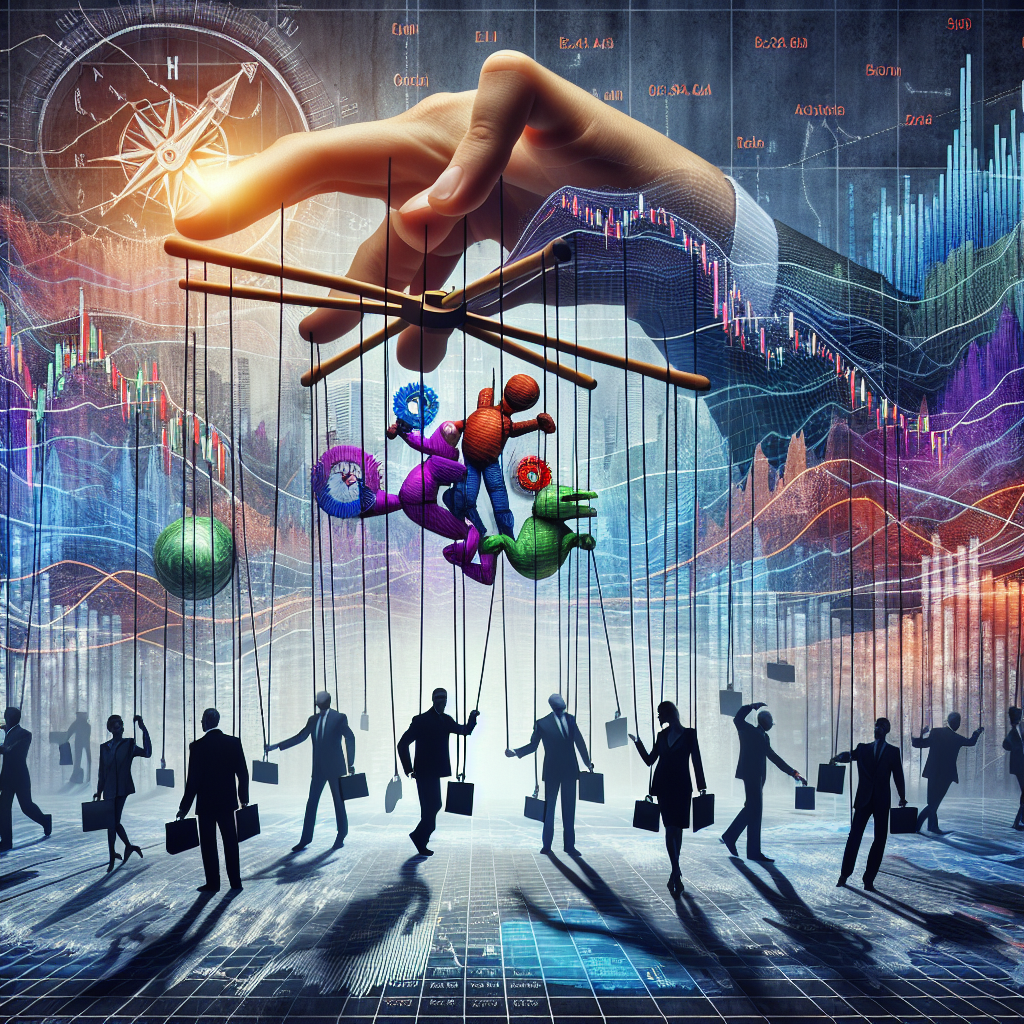
Trading ain’t for the faint-hearted. If you’re in the game, you’ve got to keep up with market shifts and adapt your strategies. Dynamic risk management is crucial, and being nimble is key. Let’s dive into some cutting-edge techniques to stay ahead of the curve.
Contents
Understanding Dynamic Risk Management
You’ll often hear traders talk about dynamic risk management. This involves continually adjusting your risk controls based on market conditions. It’s not a fix-it-and-forget-it strategy. You need to stay on your toes.
Key Components of Dynamic Risk Management
- Market Analysis: Keep a pulse on the news and trends.
- Risk Assessment: Measure your exposure and potential losses.
- Position Sizing: Adjust the size of your trades according to risk levels.
Techniques for Adapting to Market Shifts
Here’s a breakdown of some techniques that traders use to manage risk dynamically.
Trend Analysis
To succeed, you’ve got to recognize trends early. Traders use tools like moving averages and trend lines to spot potential shifts.
Volatility Metrics
Volatility is your friend and foe. Tools like the VIX help gauge market anxiety. Higher volatility means higher risk but also higher opportunities.
Stop-Loss Adjustments
Stop-loss orders can save your bacon. Adjust them based on market volatility to prevent unnecessary exits and protect capital.
Diversification
Ever heard of not putting all your eggs in one basket? By diversifying assets, you minimize the impact of a market shift in one sector.
Hedging Strategies
Options and futures contracts allow you to hedge your bets. They provide a safety net against adverse market moves.
Real-Time Data Analysis
Use real-time data and trading algorithms to make quick decisions. This ensures swift adaptation to shifting market conditions.
Managing Emotional Bias
Emotions run high when dealing with money. Fear and greed can sabotage your trading strategies.
Emotional Discipline
Stick to your plan, even when emotions urge you to act otherwise. Remember, consistency is more valuable than a lucky streak.
Mindfulness and Stress Management
Traders perform best when clear-headed. Techniques like meditation can prepare your mind for the market’s ups and downs.
Table: Dynamic Risk Management Techniques
| Technique | Description | Tools Used |
|---|---|---|
| Trend Analysis | Identifying market direction | Moving averages, trend lines |
| Volatility Metrics | Measuring market instability | VIX, Bollinger Bands |
| Stop-Loss Adjustments | Securing profits and limiting losses | Trailing stop-loss |
| Diversification | Spreading investments across various sectors | ETFs, sector funds |
| Hedging Strategies | Protecting against unfavorable market movements | Options, futures |
| Real-Time Data Analysis | Utilizing live data for prompt decision-making | Trading algorithms, AI |
| Emotional Discipline | Maintaining rational decision-making | Trading journals, checklists |
Let’s Dive Into Some Questions
How can traders effectively handle emotional biases?
Handling emotional biases might just be the trickiest part of trading. Here’s a deep dive into methods that work:
-
Journaling: Keeping a detailed trading journal can help you track emotional triggers and responses. Noting down what you felt during trades can provide insights to avoid repeating mistakes.
-
Pre-trade Checklists: Create a checklist to complete before executing any trade. This includes current market conditions, technical indicators, and emotional state.
-
Regular Breaks: Taking breaks helps keep emotions in check. Step away from the screens, clear your head, and return with a fresh perspective.
-
Accountability Partners: Trading can be solitary. Having someone to discuss trades with can offer a different perspective and check emotional decisions.
What role does technology play in adapting to market shifts?
Technology is a game-changer in risk management. Let’s see how traders leverage it:
-
Algorithmic Trading: It enables executing trades at lightning speed. Algorithms can automatically adjust risk parameters, considering real-time data.
-
Artificial Intelligence: AI helps analyze vast datasets to derive meaningful insights. It forecasts market trends beyond human capabilities.
-
Mobile Trading Apps: Traders aren’t glued to their desks anymore. Mobile apps offer the freedom to trade and monitor positions on the go.
-
Social Trading Platforms: Engage with a community of traders to learn from their successes and failures. Platforms like eToro allow you to see and mirror successful strategies.
Why is diversification a must in dynamic risk management?
Diversification is your shield against market volatility. Here’s why:
-
Risk Reduction: By spreading investments, losses in one area can be offset by gains in another.
-
Increased Opportunity: Exposure to various sectors provides more opportunities for profit. If tech is down, energy or healthcare might be up.
-
Market Insight: Monitoring diverse markets broadens your understanding and insight, enhancing your overall trading strategy.
-
Stability: A well-diversified portfolio is less susceptible to emotional decision-making. It provides a greater sense of stability as individual losses are minimized.
Final Thoughts
Adapting to market shifts is no walk in the park. But with dynamic risk management techniques, traders can keep the wolves at bay. It’s about staying informed, keeping emotions in check, and making calculated moves.
For more on dynamic risk management techniques, check out this guide to improve your trading strategies.
Staying sharp and adapting fast is how you not only survive but thrive in the unpredictable world of trading. Remember, the market waits for no one, so keep your strategy dynamic and your wits about you.






